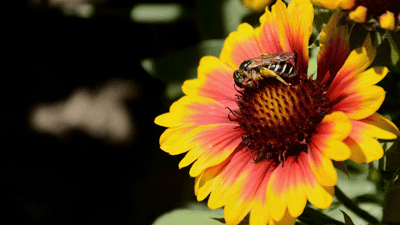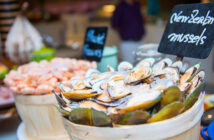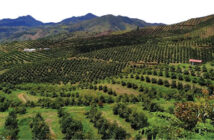According to Airborne Honey, the industry has faced more than a few challenges, including parasites and disease, alongside an economic downturn, but all the signs indicate that beekeepers and producers are overcoming the hurdles and doing better than ever.
In both New Zealand and internationally, hive numbers and profits from honey sales have increased in recent years, which suggests that beekeepers and honey producers are dealing with issues successfully.
“Of course, there are still problems but beekeepers and producers are responding to them admirably. It’s not all doom and gloom,” says Airborne Honey managing director, Peter Bray.
“All the trends are up. The numbers of hives, production per hive, and value per kilo and trade statistics have all increased. Internationally, hive numbers have increased from around 50,000,000 in 1960 to nearly 80,000,000 today. In New Zealand, the honey crop for 2011/12 was estimated at 10,385 tonnes, up 935 tonnes (10 percent) on the 2010/11 crop of 9450 tonnes. Hives increased by 32,205 or eight percent over the 2011/12 year.”
Even though he accepts that the honey industry has faced some obstacles, Mr Bray doesn’t believe that there is any concrete evidence behind the disappearing honeybees theory. He explains that it originated in the United States after people started noticing a dip in the number of hives.
“What many individuals don’t realise is that the reason hives started to decline in places like the United States, compared to the rest of the world, was related to the increasing cost of labour, not a physical decline in honeybees,” says Mr Bray.
“The country started importing more honey, as production simply wasn’t profitable or cost effective enough for American beekeepers and honey brands. Recently, the increase in pollination rental values for almond orchards has stemmed the decline and the last couple of years have shown an increase. Our belief is that profits are a greater predictor of hive numbers.”
Mr Bray feels positive about the next 12 months, both for Airborne Honey and the industry as a whole. However, he would like to see more celebration of the fact that the New Zealand honey industry is beating the odds.
“The honey industry is a New Zealand success story,” he says.
“Our country is exporting increasing amounts of honey overseas – around half of total honey production – and New Zealand honey brands and beekeepers have seen record profits in recent years. Data shows that in 2010 our country was the sixth largest exporter of honey by value in the world. This is up from 17th in 2000. Last year’s record exports of $128,139,000 would have put us in fourth place. On top of that, beekeepers in New Zealand now have an extra string to their bow as they are making money from pollination.
“There are some good people doing great things for the honey industry in New Zealand,” he adds.
“This includes Federated Farmers Bee Industry Group who have supported the launch of the Trees for Bees campaign. They are encouraging New Zealand farmers to use plants that are attractive to honeybees, meaning they have the opportunity to gather sufficient pollen and nectar, providing the vitamins and minerals required to maintain optimum hive strength and a viable pollinating bee force. It would be great to see more recognition of the work groups like this are doing, and the positive direction the New Zealand honey industry is moving in.”





























































































